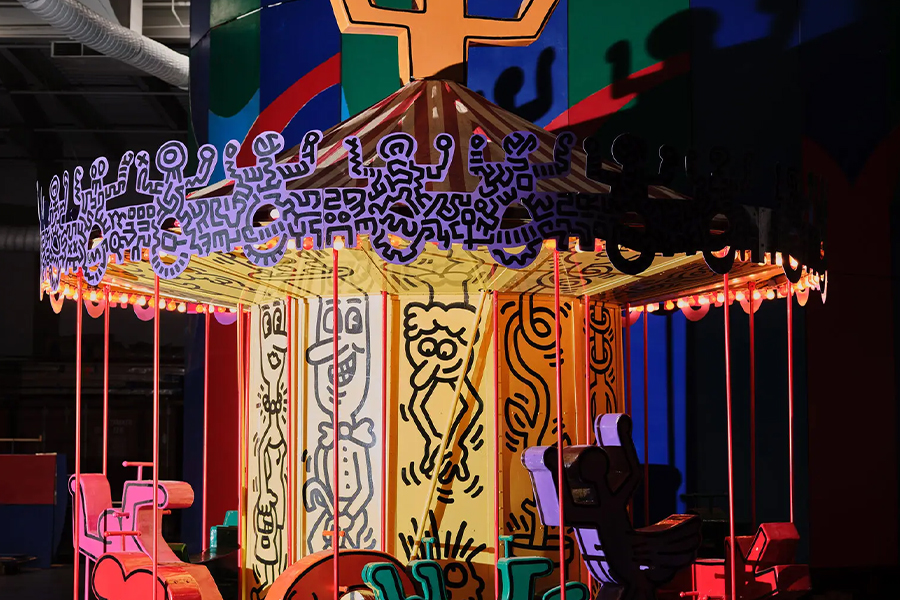At The WXO, we want to connect the dots across the Experience Economy and across the globe – so each week, we’ll be bringing you our round-up of the experiential stories that we think reveal something interesting, relevant or transferrable about the Experience Economy.
Welcome to Experience Radar, where we’re shadowing a chef in San Francisco, mingling with monsters at Otherworld in Ohio, and giving our brain a happiness boost in Brussels.
1. The Future Of Fine Dining Is Co-Creative
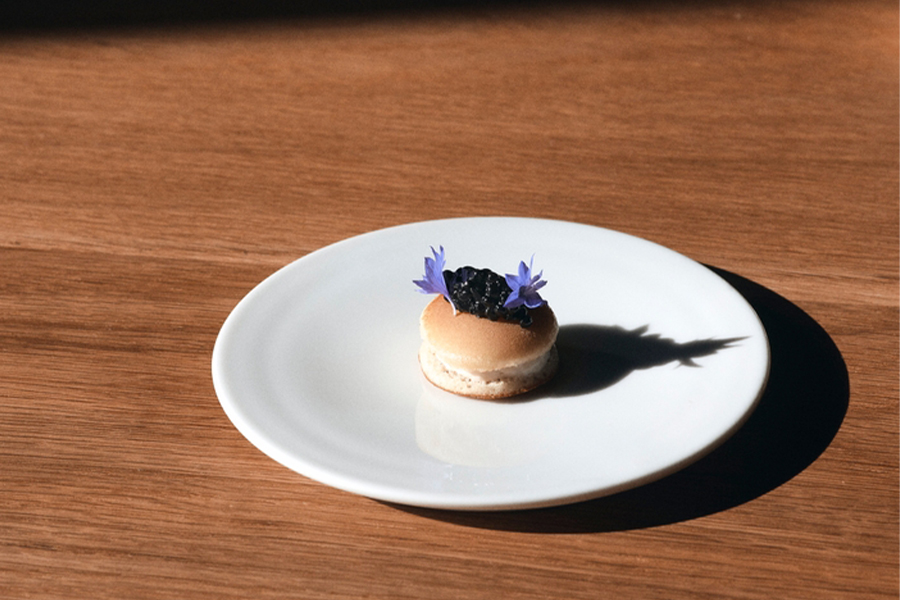
Fine dining is changing shape. Noma in Copenhagen will become a food lab next year after finding its current business model to be unsustainable. It’s not enough to present guests with an elaborate, multi-course tasting menu and spout off stories about the name of the cow that went into their tartare – diners are demanding more from their meals and seeking to gain a closer understanding of the creative process behind the dishes they devour. In San Francisco, the lines between diner and chef are blurring as foodies pay $1,000 a pop to spend the day shadowing celebrated Japanese chef David Yoshimura and his team at Nisei before dinner. The experience includes a trip to the farmer’s market to hunt for ingredients and intricate menu prepping.
Experiential eating will define restaurants in 2023 and the trend for wanting to experience life backstage in the kitchen before the fireworks of the culinary theatrics will mushroom this year, as diners crave a higher level of engagement. In tandem with this trend is a move towards tiny, intimate restaurants, akin to eating at the house of a close friend (who happens to be an accomplished cook). These supper club-style venues, like the 11-seater omakase venue Mayha in Marylebone and the 16-cover Cycene in Shoreditch, encourage engagement not only with the chefs, who you can chat to throughout your meal, but also your fellow diners. Over in Sussex, butchery and foraging course Hunter Gather Cook allows foodies to go feral and learn how to develop a dish from forest to fork.
2. Are You Ready For Dopamine Dressing?
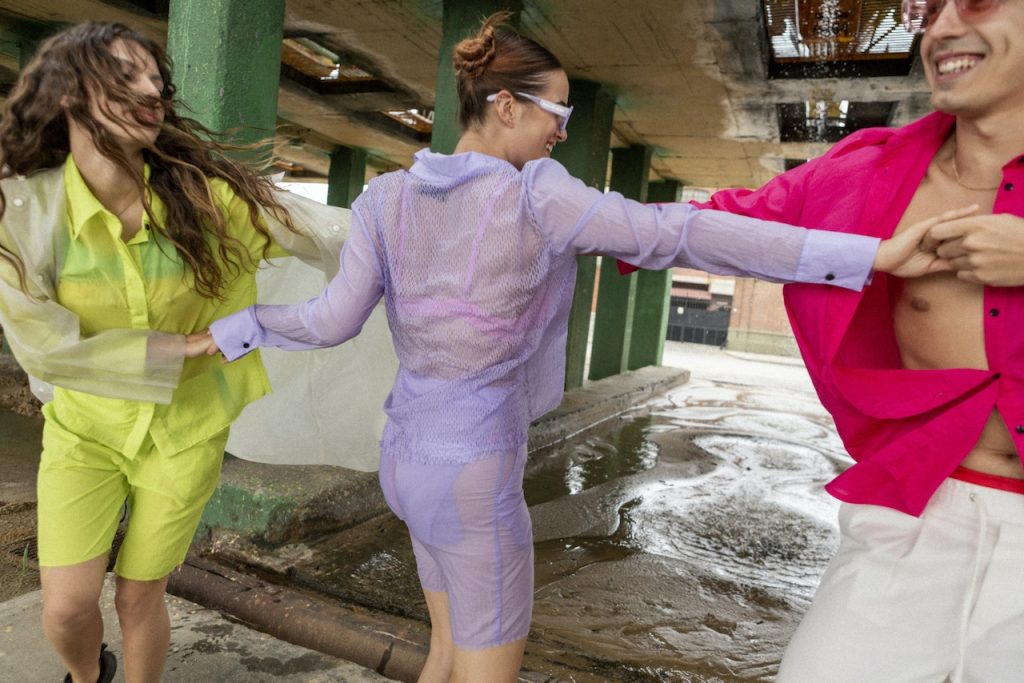
We’re here for the feel-good workout trend that boosts your brain as well as your body, and are delighted to hear that the trend is extending to what we wear. We’re entering an era of ‘dopamine dressing’ as fashion brands clock onto the mood-boosting effects of certain colours, and how they can lift the spirits. “All colours have a particular effect on our emotions. The colours that really boost energy are the more highly saturated ones, such as bright oranges, pinks, yellows and pastels. It’s important that people choose colours they personally connect with and get positive psychological associations from, as everyone’s taste is unique,” colour psychologist Tash Bradley told Stylist.
As reported by Wunderman Thompson, in addition to dressing to boost your mood, retailers are spreading joy through colourful activations and pop culture collaborations to engage with consumers. In New York you’ll spot Yayoi Kusama’s red, yellow and green dots covering Louis Vuitton boutiques across the city, while a giant statue of the artist has popped up outside Harrods in London to paint the front of the store. Fans can superimpose Kusama’s quirky design onto global landmarks on Snapchat. Across town in Marble Arch, Loewe installed an inflatable replica of Howl’s Moving Castle, the Japanese fantasy film animated by Studio Ghibli, to mark the brand’s capsule collaboration with the studio.
3. Two Bit Circus To Open Immersive Hotels
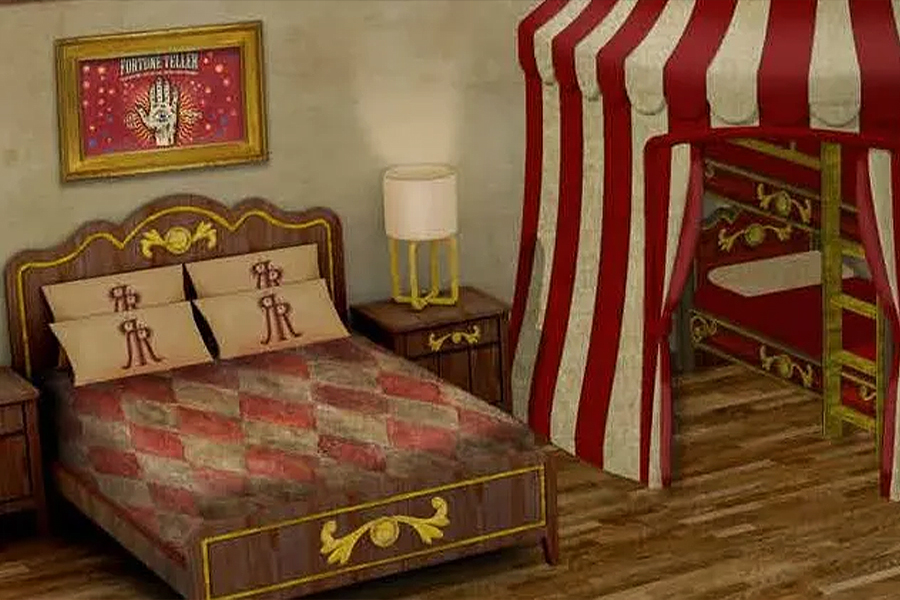
Micro amusement park Two Bit Circus is due to launch a pair of immersive hotels in Colorado and Connecticut this year. As reported by BlooLoop, the family-friendly interactive venues in Denver and Stamford will be called Revelers Resorts and will feature state-of-the-art experiential entertainment and interactive gameplay. According to the creators, these ‘magical circus grounds’ will serve as ‘one big story room’ for kids and their parents to run riot in. “The aim was to create a world that kids from six to 12 could be a part of and immerse themselves in, and that parents could genuinely enjoy with their children,” Andy Levey, marketing director at Two Bit Circus, told BlooLoop.
The resorts will have activities including an immersive story experience woven throughout the resort, circus adventures, arcade games, STEAM games and workshop activities, alongside a pizzeria and candy shop. Having launched in LA, Two Bit Circus is developing a global network of micro-amusement parks that combine interactive technology with classic circus and carnival attractions. It’s soon to open its next park in Dallas, which will offer the latest in immersive entertainment and a full carnival canteen of molecular mixology and inventive eats. The indoor entertainment market is forecast to be worth over US$85 billion by 2028.
4. Travelling Art Amusement Park To Tour US
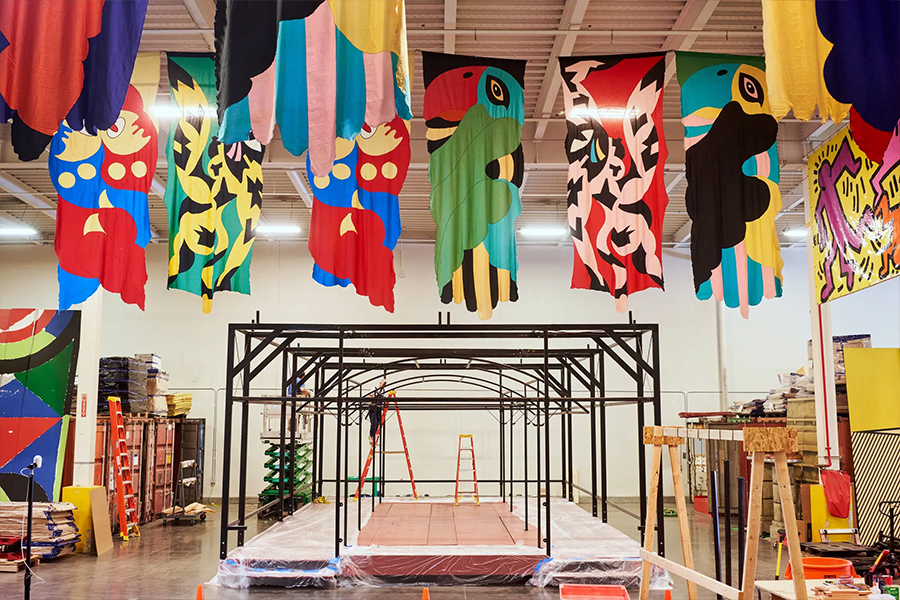
Speaking of amusement parks, Luna Luna, which bills itself as ‘the world’s first travelling amusement park’, is set to tour the globe this year, starting in the US. As reported by Hype Beat, the original Luna Luna opened in 1987 with rides, games and fairground attractions designed by heavy-hitting artists including Salvador Dalí, Jean-Michel Basquiat, David Hockney and Roy Lichtenstein. Helping to breathe new life into it, Canadian rapper Drake has invested $100m into restoring the park. “When I first heard about Luna Luna I was blown away. It’s such a unique and special way to experience art. This is a big opportunity that centres around what we love most – bringing people together,” Drake said.
Luna Luna’s founder, Viennese artist André Heller, told The New York Times that the park briefly opened in Hamburg in 1987 but was shut down due to various issues, including the falling out of a purchase contract with the city of Vienna. Heller sold the park in 1990 for US$6m, and it remained locked up in a Texas desert until Drake and his DreamCrew showed interest in the project. The rapper was approached by Michael Goldberg, founder of Something Special Studios, about reviving it, and it took Drake and DreamCrew’s Anthony Gonzalez less than a minute to say yes. A documentary of the restoration is in the works.
5. Ohio’s Otherworld Heads To Philadelphia
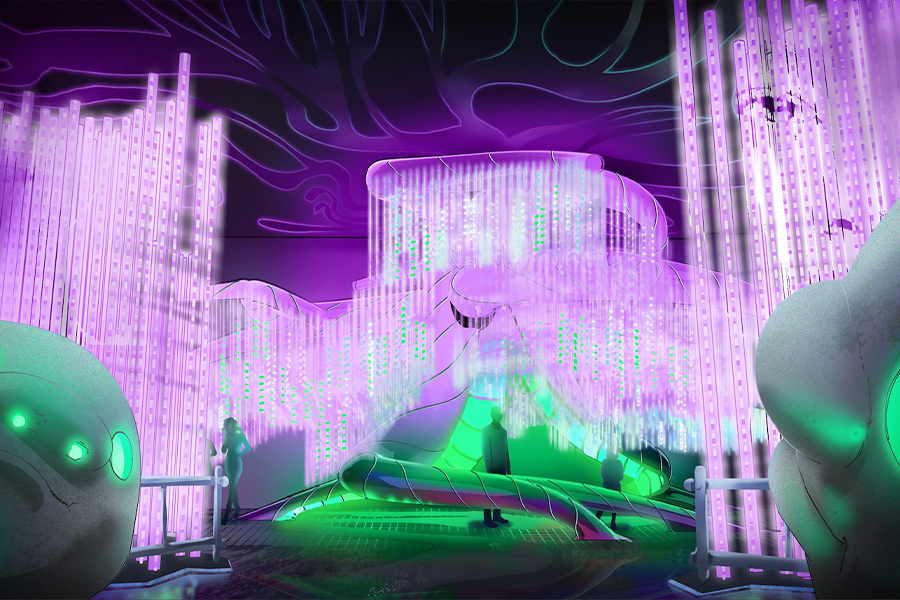
Futuristic immersive entertainment centre Otherworld in Ohio is to open a sci-fi-inspired sister site in Philadelphia this year. The new location will mirror the original’s mix of large-scale immersive art and mixed reality playgrounds and will boast over 55 rooms and giant installations dotted about the 40,000-square-foot space on Grant Avenue. Currently under construction, over 100 artists have been involved in bringing the project to life, with ramped up production on a larger scale to the Ohio flagship. While making their way through the space, visitors will encounter “iridescent creatures, primordial monsters, crawlable tubes, infinite expanses of light and alluring art with a captivating narrative”.
The immersive attraction uses cutting-edge technology – from holograms and holodecks to motion capture and camera tracking – to create interactive visual effects. To make the most of the experience, guests are encouraged to roam and interact at their own pace. “Our original Ohio location has become a destination, and we’re thrilled at the opportunity to bring Otherworld to Philly. People connect with Otherworld because it really puts you in the middle of it. It gives you the opportunity to explore space, to become part of an environment, and to become part of a story,” founder Jordan Renda told BlooLoop. Otherworld partnered with Thirteenth Floor Entertainment Group to bring the project to life.
6. The Tempest Gets The Immersive Treatment
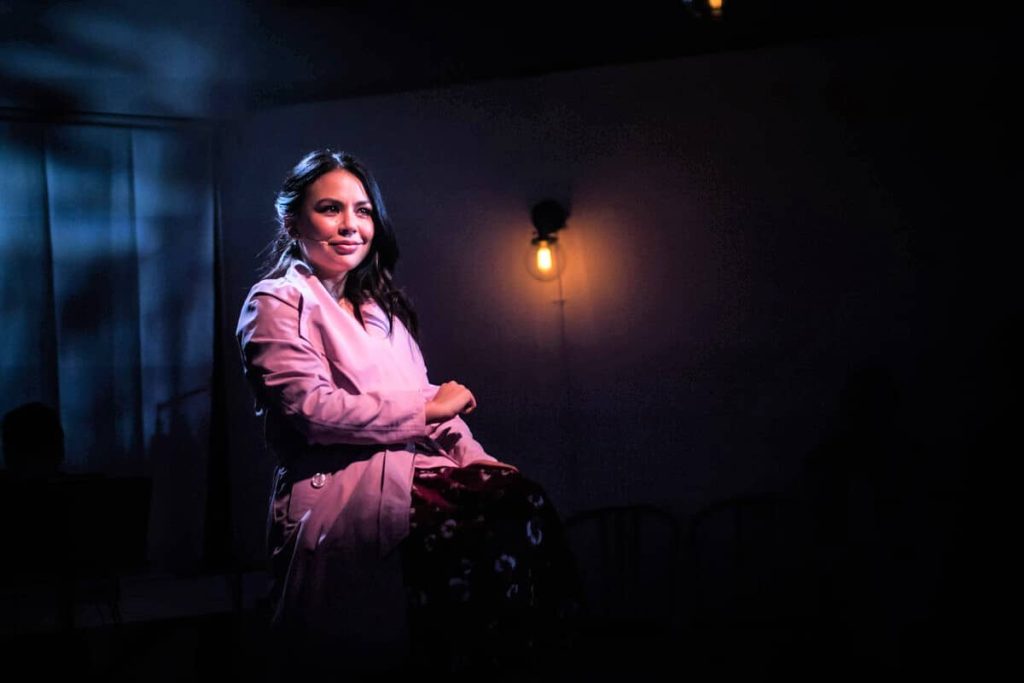
With creative titans including Van Gogh and Gustav Klimt getting the immersive treatment in recent years, it seems Shakespeare is the latest to go down the rabbit hole. The bard’s tragicomic play The Tempest is being reimagined as an immersive experience in Los Angeles. As reported by Broadway World, the Shakespeare Center LA and After Hours Theatre Company have joined forces on the event, which has been directed by Ben Donenberg and produced by Graham Wetterhahn. Launching on 16 March, the show will see the audience cast ashore on a mysterious island, where they will experience an interactive retelling of Shakespeare’s final play. The shipwrecked attendees will be tasked with excavating clues and solving puzzles during the play.
The action lends itself to various levels of audience participation, from those who simply want to hear the story to those that want to be more deeply involved in the show. “We want to invite audiences into the world of The Tempest in a way that film, TV, and even traditional theatre cannot, creating an experience that envelops you in the story through moments of exploration and interactivity,” Wetterhahn said. Donenberg added: “At the Globe Theatre in London, audiences were viscerally engaged with the players. They would throw tomatoes at the actors, boo, and hiss. This production is aiming to create a riveting interaction. Throughout the show, the audience and the cast are on a journey together. There’s a feeling of closeness to the story, the characters and to each other.”
7. Brain-Boosting Art Comes To Brussels
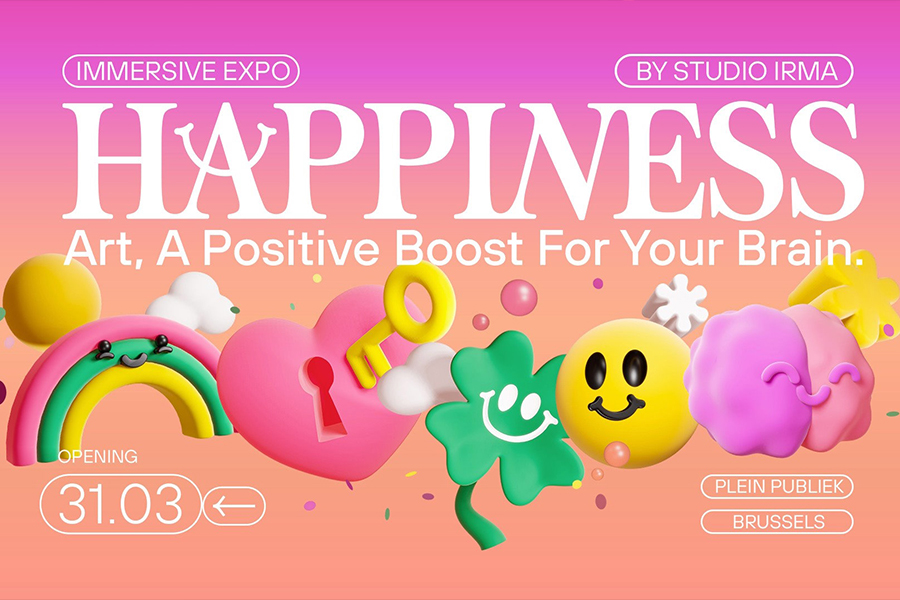
An immersive art exhibition that aims to give visitors’ brains a happiness boost is due to open in Brussels this month. As reported by Travel Tomorrow, the show, called ‘Happiness’, focuses on art’s positive effects on mental health and includes 360° art installations that harness the latest in colour and sound tech. The family-friendly, 50-minute experience is set across 10 interactive rooms that encourage visitors to learn about how art can positively impact their happiness levels. A number of the installations were created by Dutch digital artist Irma de Vries, who goes by the alias Studio Irma and has built up a loyal following of fans.
Irma has been experimenting with digital tech, animation, video mapping, AR and smart light projection for over 20 years and her works can be found in galleries across Europe. Keen to make the most of art’s healing properties, psychiatrists in Brussels are able to prescribe museum tours to people suffering from mental health issues. The city of Brussels developed a pilot project of ‘museum prescriptions’ last year in collaboration with the Brugmann Hospital, allowing patients to obtain a museum prescription if the doctor believes a galley hop could be beneficial to their mental health. Experiencing artworks up close and personal can increase levels of ‘happy hormone’ dopamine in the brain.

